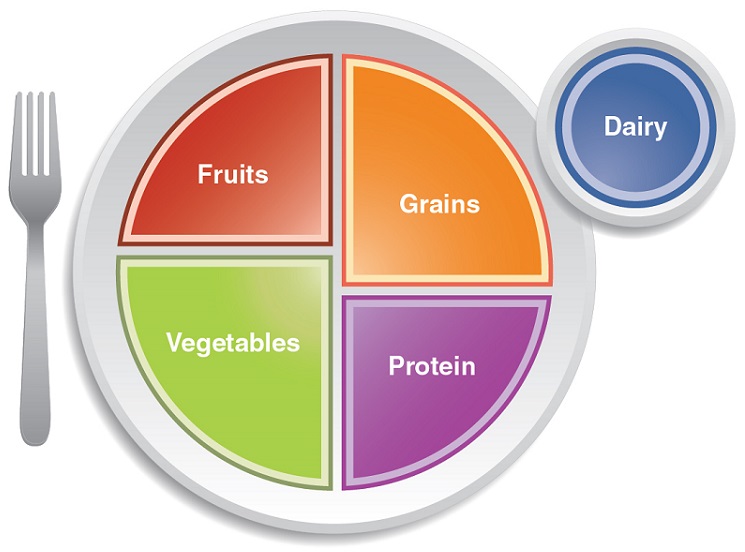

In the journey towards a healthy and balanced diet, understanding the five essential food groups is key. Each group plays a unique role in providing essential nutrients that contribute to overall well-being. In this comprehensive blog post, we will delve into the significance of the five food groups, exploring their individual benefits and how they collectively contribute to a nourishing and fulfilling lifestyle.
- Fruits: The Bounty of Nature’s Sweetness Fruits, teeming with vitamins, minerals, and antioxidants, constitute the foremost and indispensable food group. Ranging from vitamin C-rich citrus fruits to potassium-packed bananas, the spectrum of nutrients offered by fruits is vast. These natural sugars are accompanied by fiber, fostering digestive health and providing a swift, invigorating source of carbohydrates. The diverse hues of fruits signify an assortment of phytonutrients, each conferring its distinct health benefits.
- Vegetables: The Chromatic Pillars of Nutritional Wellness Vegetables, the vibrant pillars of nutrition, comprise another vital food group. Abounding in fiber, vitamins, and minerals, vegetables contribute significantly to overall health and disease prevention. Leafy greens like spinach and kale boast an abundance of iron and calcium, while orange vegetables like carrots deliver a substantial dose of beta-carotene. Consuming a kaleidoscope of vegetables ensures a broad spectrum of nutrients for optimal well-being.
- Grains: The Sustaining Font of Energy Grains, encompassing whole grains such as brown rice, quinoa, and oats, form a substantial component of the human diet. These complex carbohydrates stand as a primary energy source, furnishing sustained fuel for daily activities. Whole grains, rich in fiber, facilitate digestion, regulate blood sugar levels, and support heart health. Opting for whole grains over refined counterparts guarantees a higher nutritional content, including B vitamins and minerals.
- Proteins: Building Blocks for Growth and Regeneration Proteins, acknowledged as the body’s fundamental building blocks, constitute an indispensable food group. Abundant in meat, poultry, fish, eggs, dairy, legumes, and nuts, proteins play a pivotal role in tissue repair, muscle development, and the synthesis of enzymes and hormones. Diversifying protein sources ensures a comprehensive profile of amino acids, the elemental constituents of proteins, contributing holistically to overall health and well-being.
- Dairy: Foundations Enriched with Calcium for Robust Bone Health Dairy products, including milk, yogurt, and cheese, stand as a pivotal food group crucial for bone health. Laden with calcium, vitamin D, and protein, dairy products contribute significantly to the establishment and preservation of sturdy bones and teeth. For individuals who are lactose intolerant or opt for plant-based alternatives, fortified plant milks and other calcium-rich foods like tofu and leafy greens offer essential nutrients.
In Conclusion: In the intricate mosaic of nutrition, the five food groups intricately interlace to form the bedrock of a healthy and balanced diet. Fruits, vegetables, grains, proteins, and dairy each bring forth a unique array of nutrients, fostering overall well-being and averting nutritional deficiencies. By embracing a diverse and vibrant spectrum of foods from these groups, individuals unlock the entire gamut of health benefits, paving the way for a dynamic and well-nourished life. It is crucial to bear in mind that maintaining balance and variety in one’s diet is paramount for realizing the full potential of these five essential food groups.